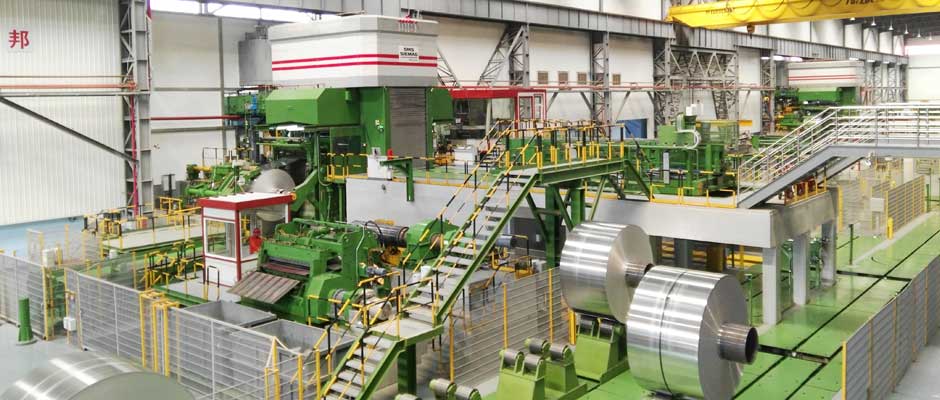Brushed aluminum alloy sheet is a product that forms linear textures on the surface of aluminum sheet through the wire drawing process (mechanical friction or chemical corrosion). The aluminum alloy selected for its base material must have good ductility, processability and surface texture. It has a unique texture and gloss and is widely used in construction, home appliances, transportation and other fields.

The following are the types of aluminum alloys commonly used for brushed aluminum sheets:
- 1000 Series Aluminum (Pure Aluminum Series)
– Representative grades: 1050, 1060, 1100
– Alloy characteristics:
Purity is as high as 99% or more, containing a small amount of silicon and iron impurities, low hardness (HV about 25-35), and excellent ductility.
It is not easy to crack during wire drawing, and the surface texture is fine and uniform, which can present a mirror or matte effect.
– Application scenarios:
Decorative parts with low strength requirements (such as signs, lamp housings), electronic equipment panels (subsequent anodizing and coloring is required).
- 3000 series aluminum-manganese alloy
– Representative grades: 3003, 3004, 3105
– Alloy characteristics:
Manganese content 1-1.5%, higher strength than 1 series (HV about 40-60), excellent corrosion resistance (resistance to atmospheric corrosion).
After drawing, the surface texture is soft and the texture is clear, and the manganese element can improve the processability of the alloy and avoid the “sticking knife” phenomenon during drawing.
– Application scenarios:
Architectural decoration (curtain walls, ceilings), kitchen utensils (pots, tableware), billboard frames.
- 5000 series aluminum-magnesium alloys
– Representative grades: 5052, 5083, 5754
– Alloy characteristics:
Magnesium content 2.5-5%, medium strength (HV about 60-80), outstanding ductility and corrosion resistance (resistance to seawater corrosion), and no heat treatment strengthening ability, stable performance after processing.
It can withstand large plastic deformation during drawing, has a strong three-dimensional texture, and has good surface oxidation resistance, which is suitable for outdoor or humid environments.
– Application scenarios:
Aerospace interiors, automotive interior panels, ship decorations, sports equipment (bicycle racks).
- 6000 Series Aluminum-Magnesium-Silicon Alloys
– Representative grades: 6061, 6063, 6005
– Alloy characteristics:
Contains 1-1.5% magnesium, 0.4-0.8% silicon, can be strengthened by heat treatment (HV hardness in T6 state is about 90-110), and has a balance between strength and processability.
The surface finish is high after wire drawing, and a dense oxide film can be formed by anodizing, with rich colors (such as silver, gold, black), and good wear resistance.
– Application scenarios:
Electronic equipment housing (mobile phones, laptops), industrial profiles (frames, brackets), high-end decorative parts (furniture handles).
Selection points of brushed aluminum alloy sheets: Match alloys according to needs
– Decoration first: Choose 1000 series and 3000 series, which have fine texture and are easy to color;
– Strength and corrosion resistance: Choose 5000 series and 6000 series, which are suitable for outdoor or structural parts;
– Functional requirements (such as heat dissipation and electrical conductivity): 1000 series pure aluminum has the best thermal conductivity and electrical conductivity;
– Subsequent treatment: 6000 series is more suitable for anodizing, and 3000 series and 5000 series are suitable for spraying or electroplating.
Contact Us
- 1103, No.14 Waihuan Road, CBD,Zhengzhou, China
- +86-0371-65621391
- nydia@aluminumhm.com
- Contact Form

